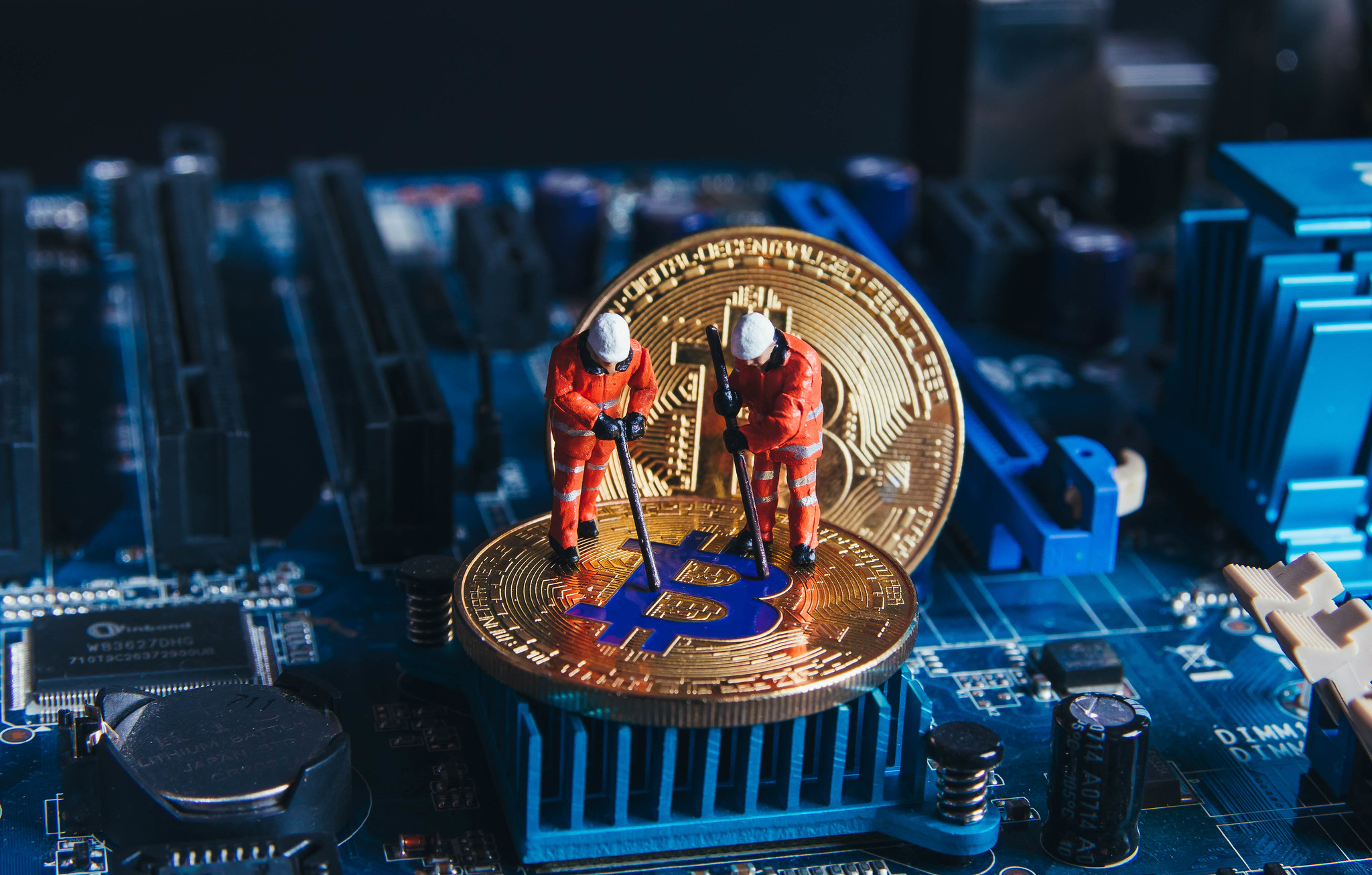The Basics of Cryptocurrency Mining
There are many different types of cryptocurrency. Some of these cryptocurrencies do not use
mining at all. The process varies from cryptocurrency to cryptocurrency, and the consensus
method used to add new blocks of data to the blockchain differs hyperverse login. In any case, cryptocurrency
mining builds trust between parties and ensures that everyone’s cryptocurrency balances are
updated. This article will explain the basics of cryptocurrency mining. You can start earning your
first bitcoin today. If you want to know more about cryptocurrency mining, read on!

Blockchain
Blockchain cryptocurrency mining is an innovative way of earning Bitcoin and other digital
currencies hyperverse.net. Blockchain is an electronic ledger that keeps a continuously growing record of all
transactions. Each block is a file with information regarding the miner who created it, the amount
of bitcoins sent or received, and a unique 64-digit hexadecimal value. The previous block is then
checked to ensure that it has not been used twice. This process is also referred to as proof-of-
work.
Mining Bitcoin requires a large amount of computer power and energy. The amount of electricity
you use is limited by the number of bitcoins you’ve mined, and the rate of new bitcoins is
decreasing at about half every four years. In order to earn more bitcoins, your price must rise
faster than the rate of new bitcoin issuance. That’s why mining Bitcoin is a high-risk business.
Nonetheless, there are numerous benefits to cryptocurrency mining and can bring significant
returns for your business.
Proof-of-work method
A proof-of-work method for cryptocurrency mining works by rewarding miners for completing a
set amount of transactions. When a block of transactions is completed, the winning miner mints
more cryptocurrency, and adds it to the blockchain. After the block is completed, it is distributed
to all other miners, who maintain a copy of the blockchain. Proof-of-work systems are used by
Bitcoin and Ethereum, two of the most popular digital currencies. Proof-of-work cryptocurrency
mining is open source software, and anyone with a computer or mining device can participate.
The Proof-of-work method also helps prevent double-spending, where a miner is paid for
performing a transaction but then later loses their reward. The method also protects the
economy from the scourge of malicious actors, which could damage the system’s value.
Moreover, it discourages attackers from launching their own blockchains, because there is little
incentive to do so.

Miners compete to be the first to add transactions to the
blockchain
Typically, miners compete for the right to add new transactions to the blockchain by choosing
certain transactions that match a certain set of requirements, such as a minimum block size and
a high block difficulty. These miners then start searching for the hash result for those
transactions. New incoming transactions are ignored by the miners until their chosen transaction
is added to the blockchain. When this happens, the network is complete, and the transaction is
added to the blockchain.
The mathematical problem that miners need to solve requires huge amounts of computing
power. Running bitcoin for a year consumes the same amount of energy as Switzerland. The
mathematical problems miners must solve to add transactions to the block require enormous
computing power. When multiple miners compete for a single block, they waste power and
energy. Consequently, researchers developed a new economic model to explain the amount of
power miners waste when adding transactions to the blockchain.
Rewards for successful mining
The rewards for successful cryptocurrency mining are based on the hash rate of the network.
The hash rate is the total number of hash guesses computed at a given time. The more coins
mined, the higher the reward. Miners can earn more Bitcoin if they have a high hash rate. But the
rewards are reduced over time. The reward for mining one block will go down to three BTC in
2024, compared to a thousand in 2017.
The concept of cryptocurrencies is based on forgotten ideas in research literature. Some have
suggested that block rewards should replace transaction fees as the primary incentive for
mining. This is a debatable question, but it does make sense to look into stronger incentives. It
would also help to improve the transaction fee market. For now, however, the rewards for
successful cryptocurrency mining remain low. For those who want to mine, the mining rewards
of other currencies are more lucrative.
Categories
Recent Posts
SUBSCRIBE TO NEWSLETTER
.......... ..........Subscribe to our mailing list to get updates to your email inbox.
GET MONTHLY NEWSLETTER
